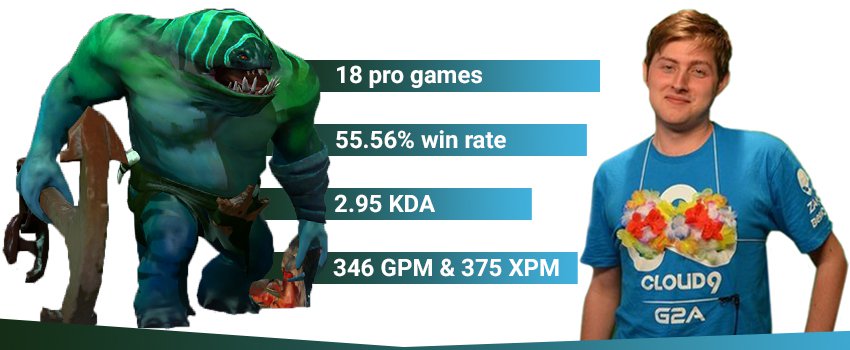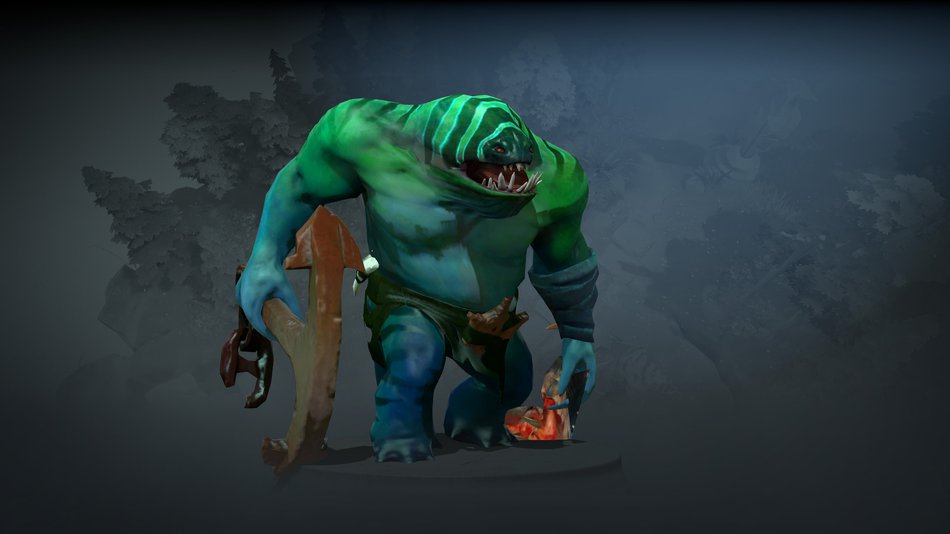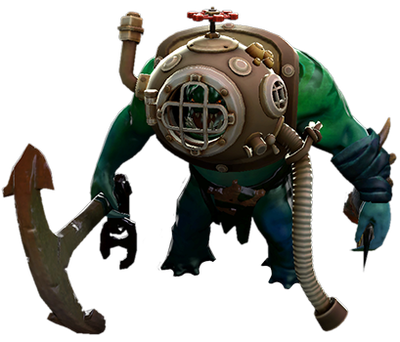A game from the International 2018 NA Qualifiers
between VGJ.Storm and Optic Gaming. Tidehunter played by VGJ.Storm.Sneyking.
3969656979
Starting items are Tango’s
(x2), Observer Ward (pooled), 2 Mangoes, Gauntlets
of Strength and a Healing Salve.
-1:00 – Tidehunter
places a ward behind the enemy Tier 1
tower that gives vision on both the lane and jungle. This will give him a lot
of info early on about who exactly he is up against and who is rotating in and
out.
-0:10 – Given that no
one was spotted on this ward, they decide to contest the top bounty rune,
rightfully so because there are no
enemies there and they trade 2 for 2 on the runes.
0:20 – Using their
aggressive ward, Tidehunter and Jakiro decide to harass the enemy Axe early on
to keep him from getting levels and playing aggressively. Afterward, Tidehunter teleports out to go
bottom lane against Visage, who at this point is solo. Axe does the exact same
thing though and swaps with Visage, giving Optic the lane they wanted.
Tidehunter is good against melee heroes, but Axe is possibly even better.
1:30 – Tidehunter
right clicks Axe to draw creep towards him. This allows him to safely last hit
these creeps under the tower, away from his own creeps that can work against
him thanks to Axe’s Counter Helix.
1:40 – Having no
trouble tanking creeps under his own tower, Tidehunter uses Anchor Smash to
both harass Axe and secure some last hits. After clearing the wave and Mirana
teleporting bottom to go up against Axe, Tidehunter teleports back to the top
lane to once again try to get the lane matchup they want. He buys his Boots of
Speed in the meantime. Once teleported, he picks up a value point in Gush to run down the enemy Visage with some harass
together with Jakiro.
3:25 – After taking
significant harass from the enemy Visage and Naga Siren, Tidehunter knows he’s
close to triggering the Kraken Shell purge. He turns together with the Jakiro
onto the Visage and seemingly narrowly gets a kill onto him. The power of
Kraken Shell really comes into effect here together with Anchor Smash, causing
Tidehunter to take next to no damage from the Naga in the end and then getting
a second kill onto her.
4:00 – Raindrops are
bought to avoid being burst-down by
Visage and also to give some mana regeneration to Tidehunter after having spent
the Mangoes. He teleports back bottom and switches with the Mirana again,
anticipating the enemy team also switching up the lanes again. Ring of Regen is
picked up, with Soul Ring being completed shortly after (as a preference over
Arcane Boots).
6:30 – After trading
some harass between Jakiro, Naga, and
Tidehunter, the enemy Rubick and Axe also rotate in, turning the 2v2 into a 4v2
and get a quick kill on Jakiro as a consequence. Thanks to the Soul Ring and
Raindrops though, Tidehunter proves to be a really tough kill and he survives.
Tidehunter gets to level 6 and
immediately starts to be a lot more aggressive, looking for a Ravage kill. They
find one shortly after, underneath the enemy tower. A Magic Stick is picked up,
which is a great item in a game against heroes with spammable skills like
Visage and Naga.
9:10 – Headdress is
delivered to Tidehunter, working on Helm of the Dominator, which will make him
even tankier and give him a creep to help push out lanes and fight. Under the
cover of Moonlight Shadow, he rotates towards middle,
knowing that Ravage is soon coming off cooldown.
9:35 – Tidehunter gets
spotted hiding near the middle tower and goes back top to show himself shortly
and snatch both Bounty Runes.
10:10 – In a perfect
example of how you don’t want to save up Ravage early on, Rubick gets punished
for coming too far forward by an unexpected Ravage. Shortly after, Tidehunter
draws focus away from Jakiro to help him escape narrowly against Visage.
12:40 – Tidehunter picks up Arcane Boots and
goes to look for another Ravage opportunity that will also net them a tower in
mid, or just take the tower with the mere threat of this ultimate. At this
point, his team wants to start grouping up around him and the laning phase is
pretty much over.












